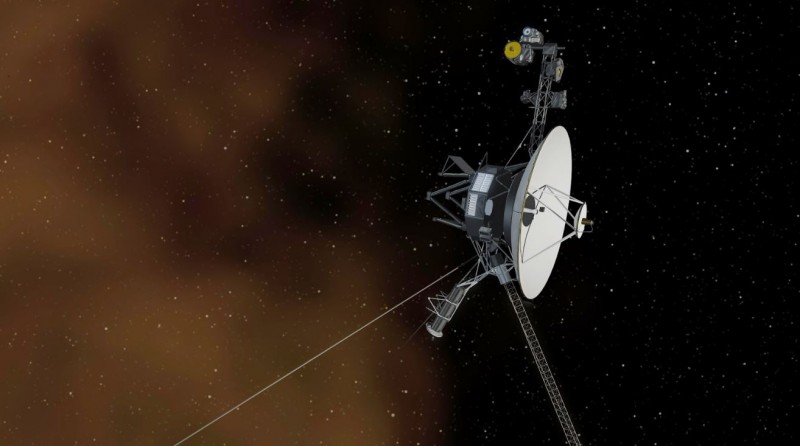
Introduction
In 1977, NASA's Voyager 1 spacecraft embarked on a remarkable mission to explore the depths of our solar system. After decades of gathering valuable data and capturing awe-inspiring images, Voyager 1 has achieved a historic milestone by venturing beyond the boundaries of our solar system into the vast realm of interstellar space. This article delves into the extraordinary journey of Voyager 1, highlighting its groundbreaking discoveries and the impact it has had on our understanding of the universe.
The Voyager 1 Mission: A Brief Overview
Voyager 1, launched on September 5, 1977, was part of NASA's Voyager program, which aimed to explore the outer planets of our solar system. The spacecraft's primary objectives included studying Jupiter, Saturn, and their moons. Equipped with a suite of scientific instruments, Voyager 1 was poised to unravel the mysteries of these distant celestial bodies.
The Boundaries of Our Solar System
Our solar system is vast, extending far beyond the orbit of the ninth planet, Neptune. The region encompassing the Sun, planets, asteroids, and comets is known as the heliosphere. It is defined by the solar wind, a stream of charged particles emitted by the Sun, which creates a protective bubble around our solar system.
Exiting the Heliosphere: A Momentous Milestone
After a remarkable journey of exploration, Voyager 1 crossed a significant threshold in 2012, exiting the heliosphere and entering interstellar space. This momentous achievement marked the first time a human-made object had reached such a distant frontier.
Interstellar Space: The New Frontier
Interstellar space refers to the vast expanse of space between stars. Voyager 1's entry into this uncharted territory provided scientists with a unique opportunity to study the characteristics and conditions beyond our solar system. The spacecraft continues to transmit valuable data, shedding light on the environment and physical properties of interstellar space.
Voyager 1's Golden Record: A Message to the Stars
One of the most captivating features of Voyager 1 is the Golden Record, a time capsule containing sounds, images, and greetings from Earth. Intended as a message to potential extraterrestrial civilizations, the record encapsulates the diversity and richness of human culture. It serves as a testament to our curiosity and desire to connect with other intelligent beings.
The Ongoing Mission: Insights from Interstellar Space
Despite its great distance from Earth, Voyager 1 remains operational and continues to provide valuable scientific data. The spacecraft's instruments enable researchers to investigate cosmic rays, plasma densities, and magnetic fields in interstellar space. Each new piece of information expands our understanding of the universe and pushes the boundaries of human knowledge.
Voyager 1's Enduring Legacy
The accomplishments of Voyager 1 are an inspiration to humanity. Its journey has sparked wonder and ignited the imaginations of countless individuals around the world. By pushing the limits of exploration, this iconic spacecraft has left an indelible mark on scientific discovery and paved the way for future missions to explore the mysteries of our universe.
Conclusion
The remarkable journey of Voyager 1 has taken us beyond the confines of our solar system and into the vastness of interstellar space. With each passing day, this intrepid spacecraft continues to unveil the secrets of the cosmos, offering insights that expand our understanding of the universe we call home.
Sony Unveils SRS-XV800: An Exhilarating Party Speaker Tailored for the Indian Market
Unlocking the Future: How 5G Technology is Revolutionizing Connectivity and Industries
Viber: Revolutionizing Communication and Connecting People Worldwide